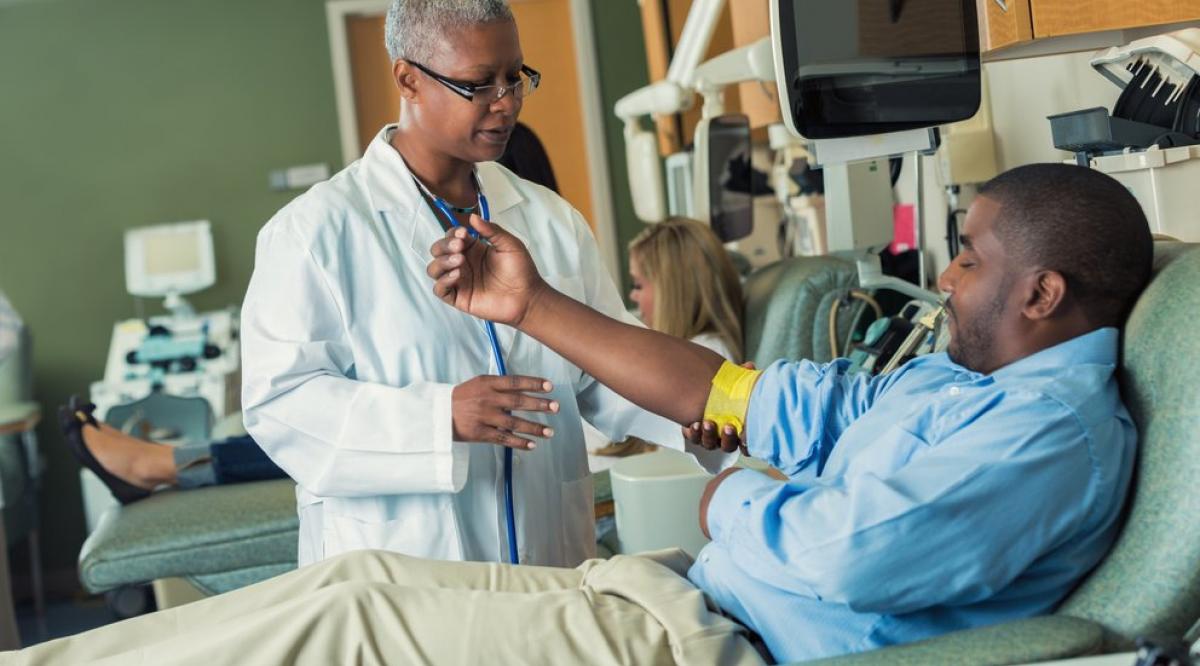Community benefit spending—including charity care, subsidized health services, and activities that improve the health of the community—increased by more than 20% at nonprofit teaching hospitals after the implementation of the Affordable Care Act (ACA), according to a comprehensive analysis of such spending by the AAMC.
The analysis, which was published ahead of print May 22 in Academic Medicine, showed that major teaching hospitals spent an additional $3.1 billion on community benefit in 2015 compared with 2012. Furthermore, while spending on charity care–one specific category of community benefit spending–declined in those states that expanded patient eligibility for Medicaid (since more patients were insured), hospitals directed those savings into covering Medicaid shortfalls and subsidized health services. Hospitals in states that did not expand Medicaid access continued to provide charity care at the same levels as they did before the passage of the ACA.
“The increase in community benefit spending and the differences in community benefit allocation between Medicaid expansion and non-expansion states are evidence that teaching hospitals are deepening their commitment to community health and benefit and they are doing so in response to locally defined needs,” says lead study author Philip M. Alberti, PhD, AAMC senior director of health equity research and policy.
In 2015, 11.7 million Americans gained access to health insurance through state or federal marketplaces under the ACA, according to a New England Journal of Medicine (NEJM) analysis. An additional 10.8 million were newly enrolled in Medicaid in the 28 states and the District of Columbia that had expanded access to Medicaid by the time of the NEJM analysis. (Those numbers have increased slightly since then, as four additional states have elected to expand health care to low-income families through the Medicaid program.)
“Some recent reporting has suggested that as ACA-driven Medicaid expansion has diminished the need for charity care in some states, that select teaching hospitals in those states have not rerouted the money to other community benefit spending,” Alberti says. “Our analysis of IRS tax filings shows that they have.”
What the data show
For the analysis, data scientists at the AAMC compared the tax filings of 184 AAMC-member, nonprofit teaching hospitals in 2012 with their tax filings in 2015. In 2015, those hospitals spent $18.4 billion on charity care, community health improvement services, subsidized health services, and other means-tested government programs. In 2012, the figure was $15.3 billion.
Although research- and health profession education-related expenses are reportable as community benefit spending, both categories were excluded from the report to keep the focus on near-term community benefit.
Teaching hospitals are an integral part of the U.S. health care safety net, Alberti notes. Research shows that the teaching hospital members of the AAMC provide 31% of all hospital charity care and 25% of all Medicaid inpatient services, despite comprising only 5% of the acute care, general service hospitals in the United States.
“Since overall community benefit spending at nonprofit teaching hospitals has increased since passage of the ACA, we strongly believe that hospitals should be allowed to allocate those dollars in ways that meet the unique needs of their states and local communities,” Alberti says.

